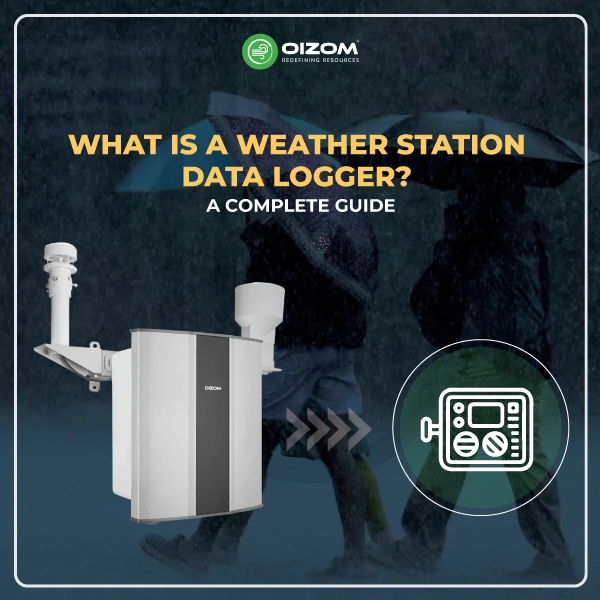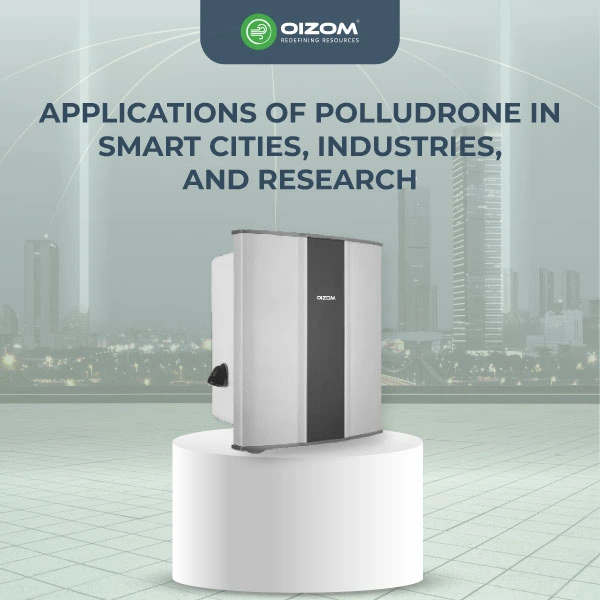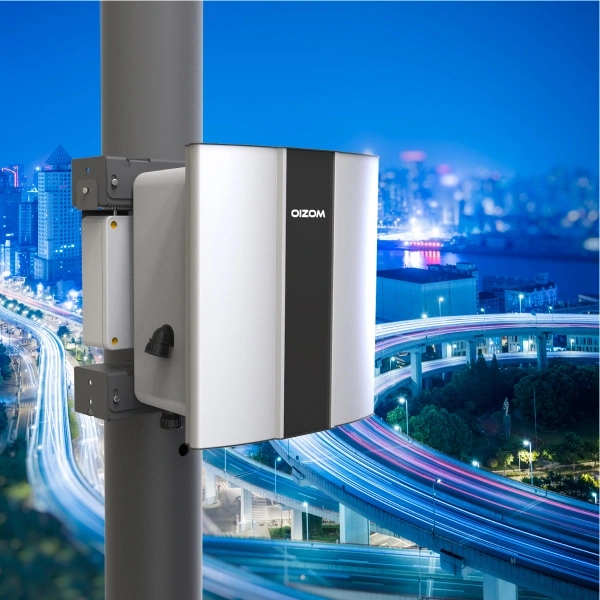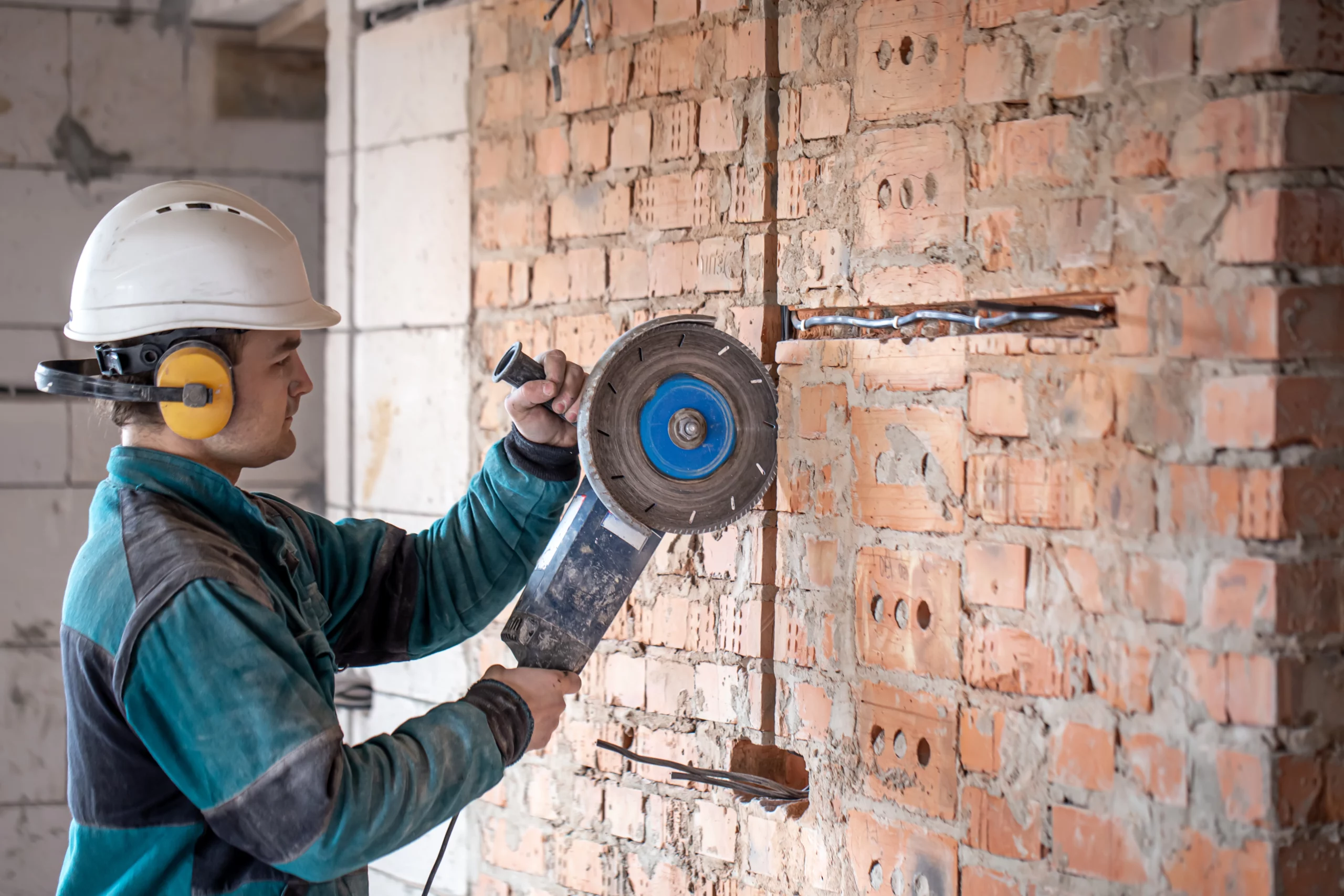10 Key Takeaway Points:
- What is a Data Logger? A Weather Station Data Logger tracks and stores weather data like temperature, humidity, and wind speed, much like a digital notebook.
- Types of Data Loggers: There are two main types of data loggers: physical data loggers that store data locally and internet-connected loggers that transmit data in real-time.
- Versatile Applications: Data loggers are used across agriculture, construction, research, and education to monitor weather conditions and ensure safety, compliance, and productivity.
- Real-Time Data Insights: Modern data loggers provide instant access to environmental data, aiding better decision-making for various users, from farmers to engineers.
- Key Features to Consider: When choosing a data logger, focus on storage capacity, sensor compatibility, durability, and connectivity options to match your needs.
- Efficient Data Collection: Data loggers automate weather tracking, reducing the need for manual data collection and saving time and effort.
- Supports Compliance: Industries use data loggers to meet regulatory requirements by accurately recording environmental conditions.
- Enhances Research: Researchers rely on data loggers to capture detailed, long-term weather trends, aiding studies on climate change and air quality.
- Weather-Resistant Design: Robust models are available to withstand harsh conditions, ensuring reliable data collection in extreme environments.
- Cost-Effective Monitoring: Data loggers help reduce costs by automating data recording, leading to improved efficiency and resource management.
What is a Weather Station Data Logger? A Complete Guide
Imagine having a personal assistant that quietly tracks the weather for you, providing real-time insights and storing valuable data without any hassle. This is exactly what a Weather Station Data Logger does! Previously, you might have learned about how weather monitoring works and the benefits it brings, But have you ever wondered how all that data gets recorded and stored? That’s where a Weather Station Data Logger comes in.
A Weather Station Data Logger is designed to record and store environmental data such as temperature, humidity, wind speed, and rainfall. Think of it as a digital notebook that continuously tracks weather conditions, helping researchers, industries, and weather enthusiasts monitor changes over time. Whether you’re a farmer keeping an eye on soil moisture or a construction company ensuring safe working conditions, these data loggers provide accurate, real-time insights.
Curious to learn more about the different types of weather station data loggers, how they work, and what key features they offer? You’re in the right place! Keep reading to uncover everything you need to know about these devices and their wide range of applications. Whether you’re new to weather monitoring or looking to dive deeper, we’ve got you covered.
Types of Weather Station Data Loggers
There are various data logger weather stations on the market nowadays. These include conventional plug-in data loggers and wireless transmission loggers that provide real-time data directly to your phone or computer.
Weather data loggers that record wind, rain, solar, and other variables. Compact, portable models with mixed inputs and several channels. Connect with a variety of weather sensors to collect environmental data in your application.
Weather data loggers are small, portable data logging systems with universal inputs for connecting to various weather sensors. These loggers collect and record environmental data for various applications, including pollution monitoring and rainfall measurement. Stand-alone data loggers monitor data from weather stations and sensors, including rain gauges, barometers, pyrometers, etc.
How do data logger weather stations work?
Essentially, data loggers work with weather station sensor suites to capture everyday weather events. There are two primary techniques of data logging:
- A physical data logger connects directly to your weather station console. They are ideal when there is limited access to power or an internet connection. They have adequate data storage capacity, and customers can wait a long period between data downloads. This makes them an ideal ‘ set and forget’ option. A regional field study would be a great use case for a physical weather data logger.
- Live broadcast or internet-connected data loggers: These data recorders, which are new to the market, automatically and instantly transfer data from your device to an app or website using ethernet, Wi-Fi, or telemetry. They make perfect weather stations for the home or farm.
Key Features of a Weather Station Data Logger
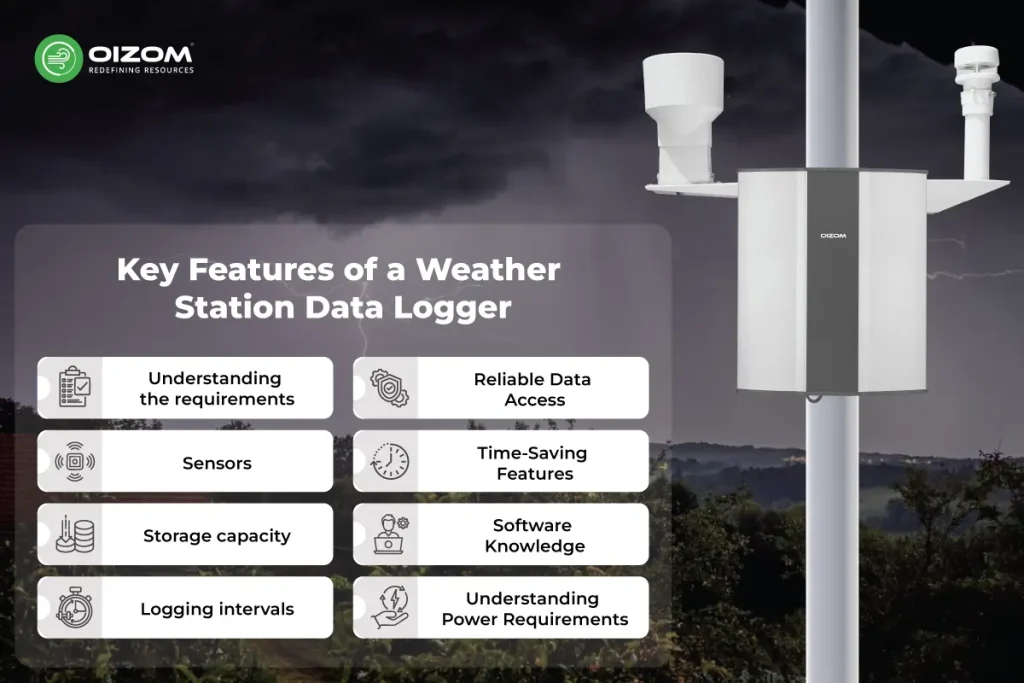
When picking a weather station data logger, it is important to understand its major features. Having said that, here are some details to assist you in selecting which data logger is ideal for you and your organization.
- Understanding the requirements: Data loggers in weather stations are virtual devices that industry, farmers, and climate researchers use to monitor data and meet criteria. The first step in picking a device is to understand its condition. The main feature is to measure data in real-time and have access to it for all demands and requirements.
- Sensors: Make sure the data recorder can handle a variety of sensors, such as temperature, humidity, wind speed, wind direction, rainfall, barometric pressure, solar radiation, and more.
- Storage capacity: The logger should have sufficient storage to accommodate the desired data retention period.
- Logging intervals: Customizable logging intervals allow for data collection at desired frequencies (e.g., every minute, hour, day).
- Reliable Data Access: Data loggers are one of the best and most reliable ways to get data and information while on the go. These machines contribute to the delivery of valuable and accessible data.
- Time-Saving Features: Modern tools and technology have made things simple and achievable. These modern gadgets and equipment conserve time and energy. As a result, these technologies save time and human resources, allowing them to focus on other projects and tasks. So, consider installing data recorders that are suitable for enterprises.
- Software Knowledge: To install data loggers, the installer must be familiar with the weather station software and its installation. As a result, with proper direction and software understanding, the team can determine which data logger is best for their business and needs.
- Understanding Power Requirements: Device installation is only complete if accurate knowledge of power consumption is provided. As a result, companies that utilize and install data loggers in weather monitoring systems must understand the amount of electricity required for long-term operation and maintenance.
Applications of Weather Station Data Loggers
These can range from the passionate home user who wishes to collect and share local weather data to professional environmental monitoring and scientific research. Most crops cultivated in fields rely only on rain and sunshine for survival. Meteorological conditions impact the health and availability of food.
- Severe weather can cause harmful agricultural losses. High temperatures, limited rainfall, flooding, and rapid freezes severely impact crops, especially at the most vulnerable periods of plant growth, such as seed germination. Studies have shown that dryness is often a primary cause of decreasing grain yields and farm economic losses.
- Weather indirectly affects crops through alterations in soil processes, nitrogen uptake dynamics, and pest population expansion. The indirect impact of weather on agriculture includes soil erosion and nutrient shortage caused by heavy rain, as well as soil salinization during a dry spell.
- An accurate weather monitoring system from agriculture sites enables an extensive understanding of microclimatic conditions on a farm. This level of precision is critical for predicting the best times to sow and harvest, which are greatly impacted by meteorological conditions.
In construction, data loggers ensure that weather conditions don’t compromise safety or project timelines. For researchers, especially in climate studies, these devices provide critical data to study long-term weather patterns, air quality, and climate change.
Weather stations in schools and universities aid educational purposes by engaging students in hands-on learning about meteorology and environmental science. In industrial sectors, these loggers help businesses comply with regulations and monitor weather-related risks to ensure smooth operations.
Let’s dive into how data loggers play a crucial role in weather monitoring devices. In my blog, I talk about how Oizom’s environmental monitoring devices use advanced data loggers to gather and send vital data directly to the Central Pollution Control Board (CPCB) and State Pollution Control Boards (SPCB).
How to Choose the Right Data Logger for Your Weather Station?
Choosing the right data logger for your automatic weather station is crucial for accurate and reliable data collection. First, identify the key weather parameters you need to monitor, such as temperature, humidity, wind speed, or rainfall. Not all data loggers measure the same variables, so ensure your choice aligns with your monitoring needs.
Next, consider the environment where it will be deployed. If you’re using it in harsh conditions, like extreme heat or moisture, opt for a durable, weather-resistant model. Battery life is another important factor, longer battery life ensures uninterrupted data collection, especially in remote areas.
Check for storage capacity, especially if you’re logging data over long periods without regular downloads. Cloud connectivity and remote data access are useful features if you want real-time insights without manual data retrieval. Additionally, compatibility with your existing weather station and sensors is essential. Look for user-friendly software that allows easy setup, calibration, and data analysis.
In short, pick a data logger that fits your specific needs, is built for your environment, and integrates smoothly with your weather station setup for seamless data monitoring and analysis.
What are the benefits of data logger weather stations?
There are two key benefits of data recorder weather stations:
Data collection – Data logger weather stations can easily collect, store, graph, and trend a wide range of meteorological data.
Saving time and money – While data logging can be done manually with constant human supervision, a data logger weather station can replace several hours of labor by automatically and precisely recording and logging your weather data. This can save you a lot of time and money while also expanding your data collection potential.
Conclusion
Data logger weather stations are a game-changer. They allow homeowners, scientists, engineers, and businesses to simply collect, trend, graph, and share many hyperlocal weather data via different connectivity options. In conclusion, a weather station data logger is vital for capturing and storing real-time environmental data. It helps monitor key weather parameters like temperature, humidity, wind speed, and rainfall with accuracy and ease. Whether you’re in agriculture, construction, research, or industrial sectors, a data logger ensures you have the reliable insights needed for informed decision-making. Durable, versatile, and easy to use, these devices are essential for anyone serious about monitoring and understanding the environment around them.
FAQs
A data logger in an automatic weather station is a device used to record and store weather data such as temperature, humidity, wind speed, and more. It collects information from sensors and stores it for analysis.
Yes, a data logger can measure temperature. It uses sensors to record temperature data over time and stores it for future analysis.
A data logger can measure various environmental parameters, including temperature, humidity, pressure, wind speed, rainfall, and other weather-related factors depending on the sensors attached.

